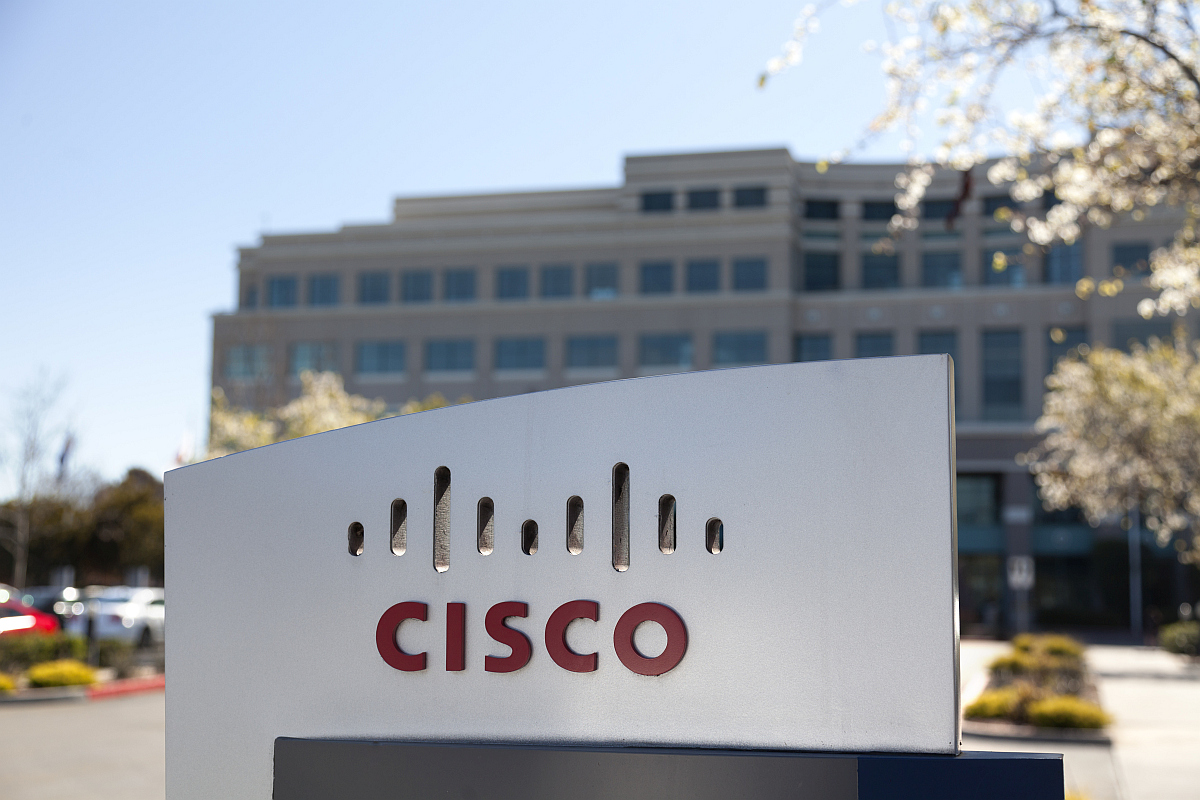Global networking giant Cisco chief executive officer Chuck Robbins launched Silicon One – a chip architecture that took five years in making and that will provide a foundation to the tomorrow’s networks. Silicon One is the first-ever single, unified silicon architecture that can serve anywhere in the network and be used in any form factor.
The new Silicon One is already being used by tech-giants like Facebook and Microsoft in various crucial equipment. It will also lay the foundation of Cisco’s routing portfolio going forward.
Advertisement
“We are dedicated to transforming the industry to build a new Internet for the 5G era. Our latest solutions in silicon, optics and software represent the continued innovation we’re driving that helps our customers stay ahead of the curve and create new, ground-breaking experiences for their customers and end-users for decades to come,” informed Chuck Robbins, Chairman and CEO of Cisco.
The first chip in the Silicon One series is ‘Q100’. It is a programmable ASIC that Cisco claims the ‘Q100’ model surpasses the 10 Tbps routing milestone for network bandwidth without sacrificing programmability, buffering, power efficiency, scale or feature flexibility, the company announced on Wednesday.
Traditionally, various types of silicon layers with different capabilities are used across a network and even within a single device and developing new features and testing can be lengthy and expensive.
“We look forward to working with Cisco as it enters the high-end routing silicon space, collaborating to help meet the next generation of network demands for higher speeds and greater capacity,” said Amin Vahdat, Fellow and Vice President of Systems Infrastructure, Google Cloud.
“We believe this model offers network operators diverse and flexible options through a disaggregated approach,” added Najam Ahmad, Vice President, Network Engineering at Facebook.
On the occasion, the company also introduced new Cisco 8000 Series—world’s most powerful carrier class routers built on the new silicon. The is set to reduce the cost of building and operating mass scale networks to run digital applications and services such as 5G, video and cloud.
The router is optimised for 400 Gbps and beyond, starting at 10.8 Tbps in just a single rack unit.
“Pushing the boundaries of innovation to the next level ‘far beyond what we experience today’ is critical for the future and we believe silicon, optics and software are the technology levers that will deliver this outcome,” said David Goeckeler, Executive Vice President and General Manager of the Networking and Security Business at Cisco.
(With input from agencies)









